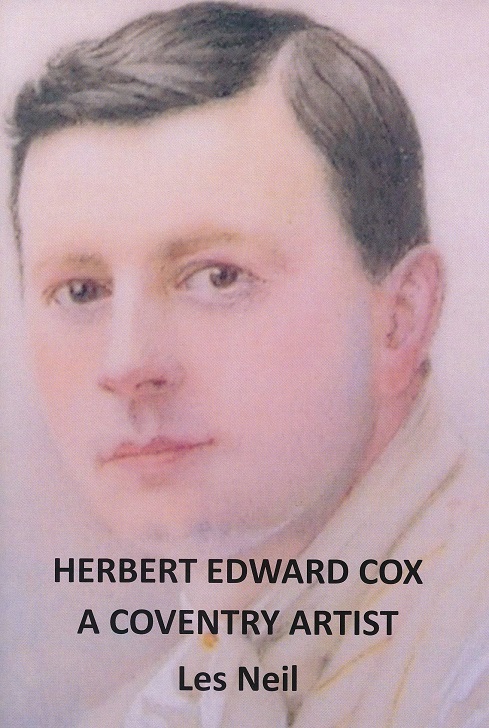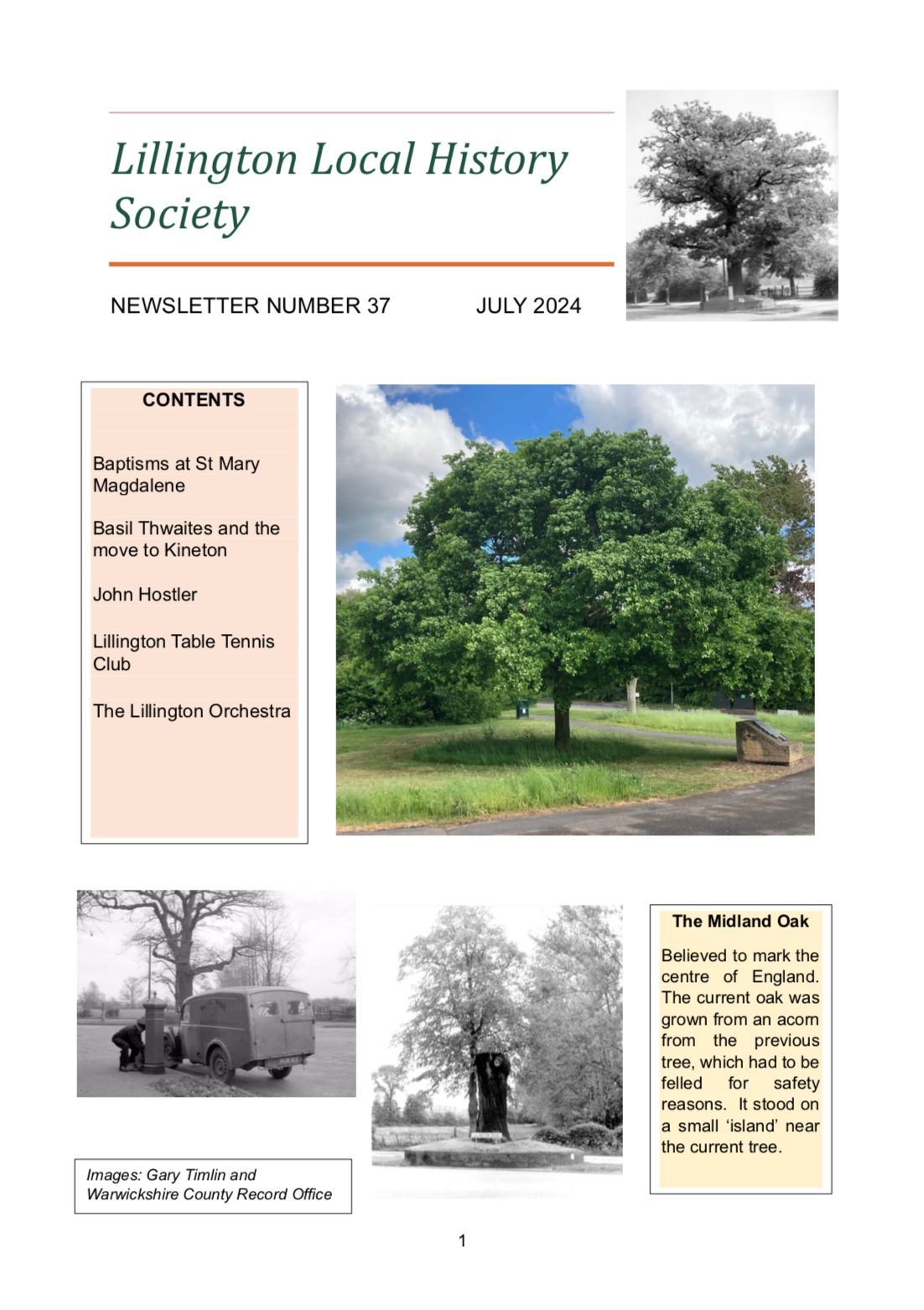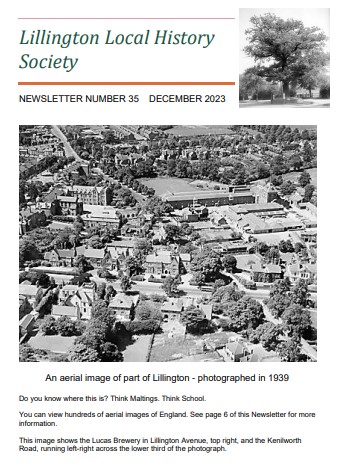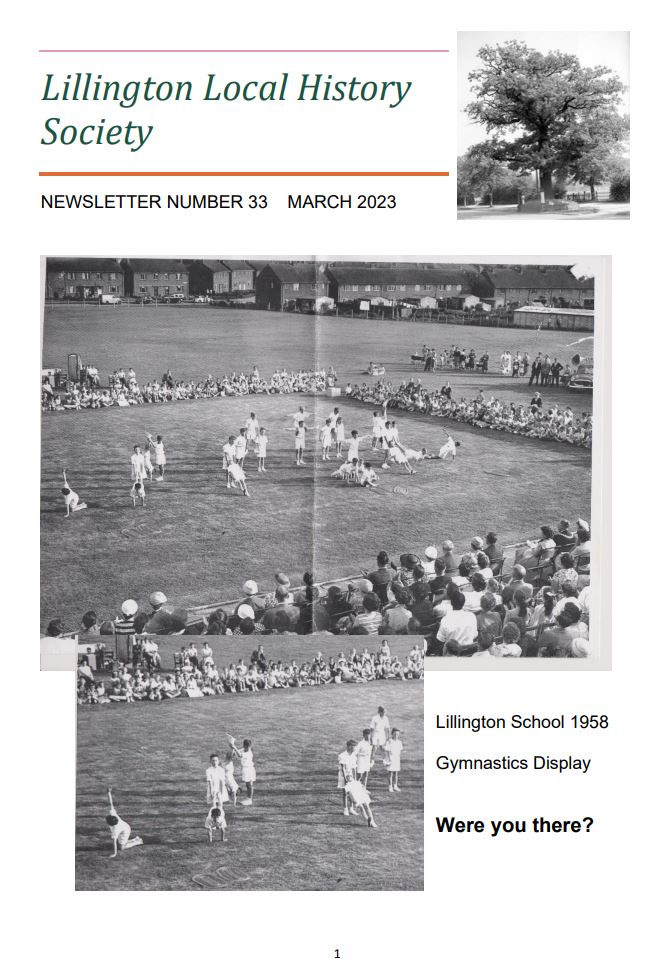A Brief Introduction to Lillington’s History
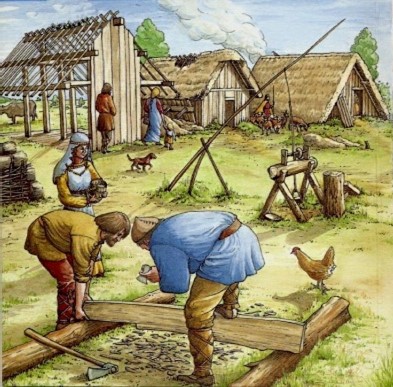
There has been a settlement in Lillington for over a thousand years. King William’s survey of England, the Domesday Book of 1086, indicates a population of about 50 people. The land was given to the knight, the Count of Meulan, as a reward for his help to William at the battle of Hastings.
The manor of Lillington passed through several hands until it was given to Kenilworth Abbey in 1121. The village belonged to the Abbey until the monasteries were dissolved by Henry VIII in 1538. Elizabeth I granted the manor to Sir John Puckering of Warwick in 1596. His descendants held the land until 1709, when it was sold to Henry Wise.
Henry Wise ordered “an exact map” of Lillington in 1711. (1711 Fish map, right). The map shows the exact location of the various roads and properties in the village. It shows that the land was divided into three “great fields”, each divided into narrow strips so that everyone had an equal share of good or poorer land.
The fields were reorganised in 1730, and allocated to the three main farms: Manor Farm (in Lime Avenue), Village Farm (where Tesco’s is now) and Grange Farm on Cubbington Road near to Pound Lane.

The popularity of Leamington’s spa water in the 19th century had a direct impact on Lillington. Big houses were built along Lillington Avenue, for example, and gave employment to local people as gardeners and servants.
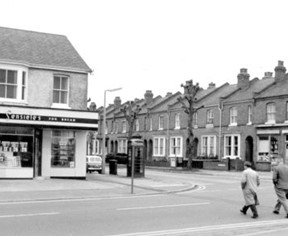
By the end of the century the demand for housing led to the building of terraced houses in Lime Avenue, Manor and Farm Roads, and along Cubbington Road. (Left – photograph of the junction of Lime Avenue and Cubbington Road)
Many local people also found work in Lillington’s industries: the brickworks north of Leicester Street, (in the area of Kiln Close) the brewery in Lillington Avenue (now The Maltings) or in one of the several sand and gravel extraction pits near the centre of Lillington.
A growing population meant more children and the village school (pictured right, now School Mews, next to Tesco) expanded to three classrooms.
Building continued after the First World War. The Holt development was built to rehouse families relocated from Leamington’s worst slums. The most extensive building programme followed the Second World War. The then land owners, the McGregor brothers, sold their land for extensive building north and south of Cubbington Road. The street names reflect their passions: Scottish from Lime to Telford Avenues, and race courses to honour the memories of the area as a Stud Farm for race horses.
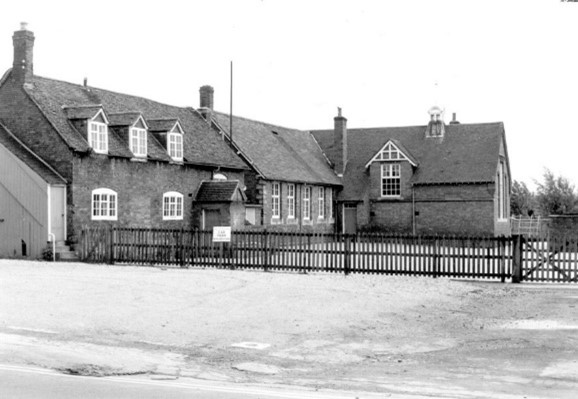
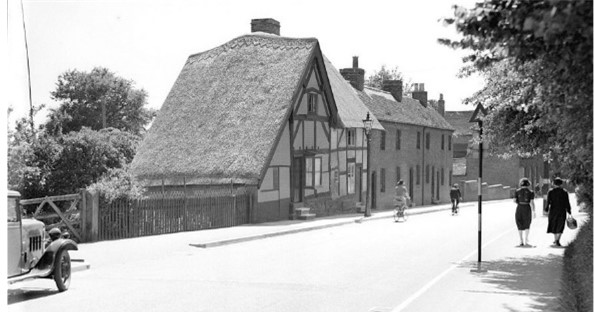
Crown Way (pictured below) opened in the early 1950s. The last of the original cottages in Cubbington Road (photographed left) was demolished in the 1970s.

Lillington continues to change: the police station became a dentist, the Walnut Tree public house became Tesco, and the original Library a Nursery School. Many of the larger houses were demolished and replaced by flats or houses.
Images Warwickshire County Record Office
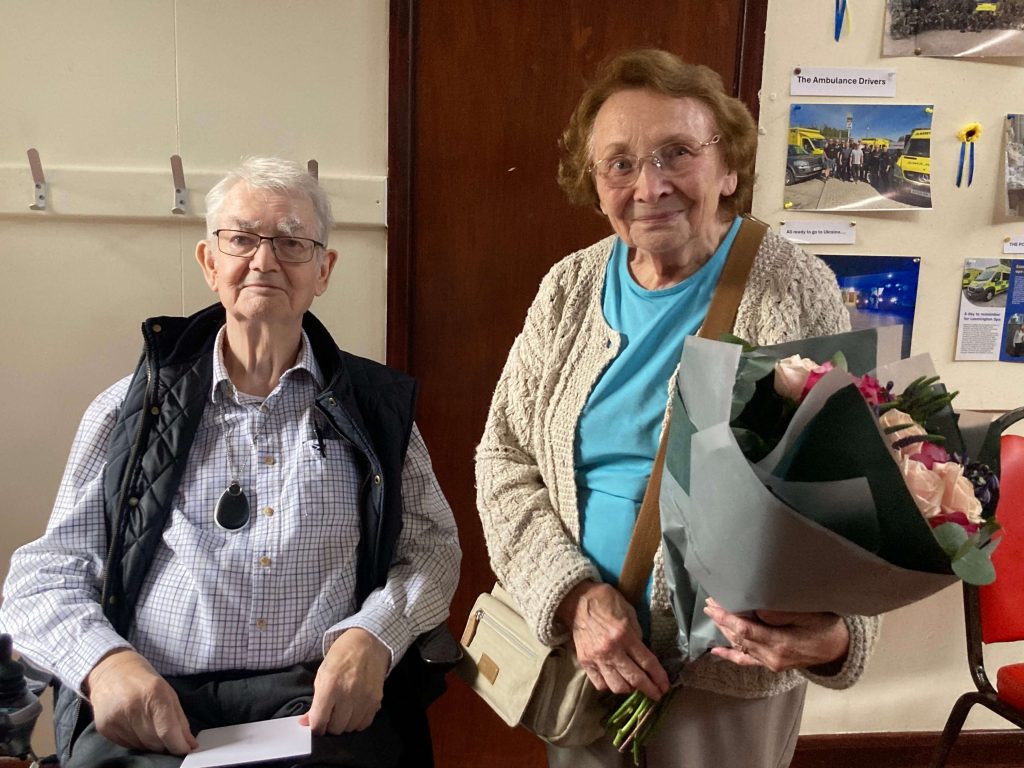
Chris and Gill Rhodes were founder members of Lillington Local History Society back in 2008 and have been active supporters of the Society ever since, both serving on the Committee in various roles. In the beginning, the Society had just 5 members– Chris and Gill, Gladys Gibbs, Tina Gibbs and Gary Timlin – who met in The Chain Community Office in Crown Way. The Society has grown over the years and the monthly meetings, now held at St Mary Magdalene Church, regularly attract up to 50 people.
Chris brought a wealth of knowledge with him from his decades as a school headmaster which helped guide the Society for 17years. Gill brought her hard work and passion for local history along with her amazing talent for home baking, chutneys and jams to sell to raise funds for the Society. The edible treats along with a cuppa at every monthly talk were often described as the best on the circuit.
Chris was the Society’s Hon Treasurer and Newsletter Editor for many years but decided, in the summer of 2025, that he would step down at September’s AGM and pass on the baton. The Society is most grateful for both Chris and Gill’s contributions over the years.
Latest Newsletter
Forthcoming Talks

In person talks for 2025 and 2026 are as follows and will take place at St. Mary Magdalene Parish Church, Vicarage Road, Lillington (by kind permission).
Non Members – £1.50 per meeting.
Annual Membership – £12.00 includes FREE access to all talks. 4.00pm for a 4.30pm start.
2025 – 2026
5 September – Annual General Meeting
Followed by – A Look at Cubbington
Peter Coulls
3 October
Recollections of The Baileys – The Furniture People
Les Markham
7 November
Royal Leamington Spa Remembered
Allan Jennings
5 December
Global Leamington – Film
9 January
A Celebration of Sydenham
Kay Bugg
6 February
What We Can Learn from the Leamington Archive – Then and Now
David Morse
6 March
Cartophily – Cigarette and Trade Cards
Colin Baldwin
3 April
When Passions Collide – The Story of Some Leamington Men and Their Medals
Martin Harrison
1 May
Stained Glass in Leamington and Beyond
Aidan McRae Thomson
5 June
Lights of Leamington
Carole Sleight
3 July
Let’s Return to Lillington
Peter Coulls
Signs Appeal Success
Working with Royal Leamington Spa Town Council, Lillington Local History Society’s campaign has been successful and ‘Welcome to Lillington’ and ‘Lillington’
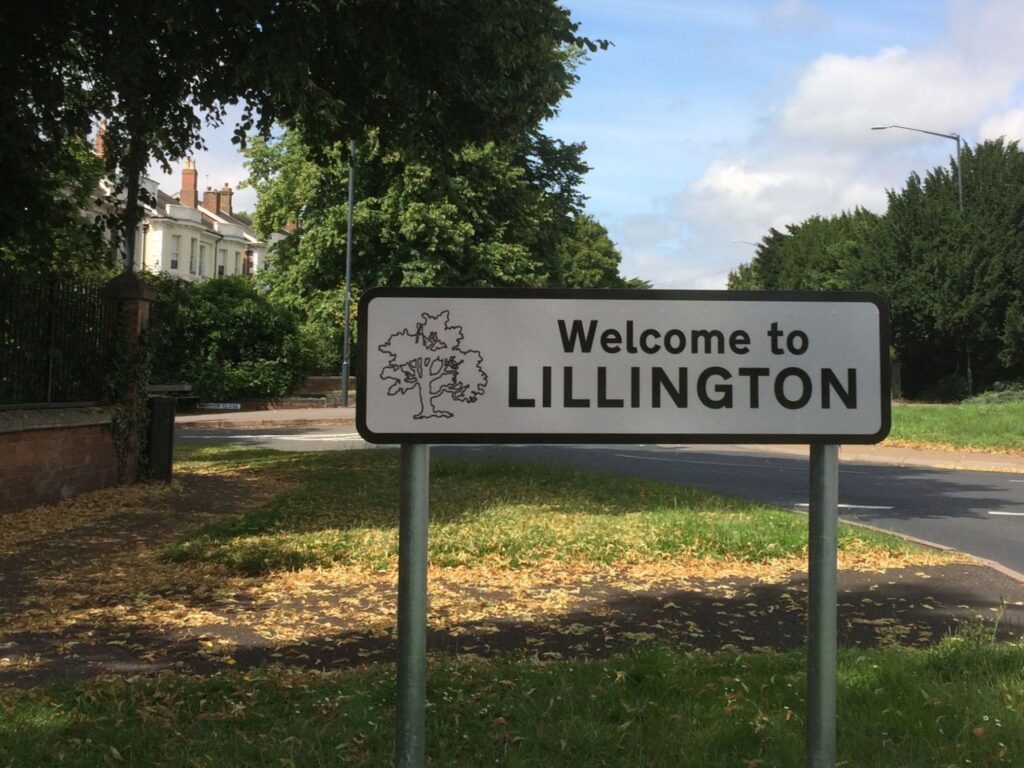
Lillington is signposted from every direction, but how could visitors know when they had arrived? Entry signage will help visitors and give a valued sense of recognition and identity for residents of our community.
Official permission from Warwickshire County Council was obtained, and the Town Council budgetted £1500 towards the total cost of the project, leaving the last £850 to be raised by the Society.
Members have been very generous, raising over £530 including Gift Aid, and we are very grateful for your support.

Our Lillington community has been recognised in a visible way for the first time. Thank you for your support.
Herbert Edward Cox was born in Coventry in 1870, and trained at the Coventry Municipal School of Art as a designer and draughtsman. After marrying fellow Coventrian, Margaret Shilton, they moved to 7, Manor Road, Lillington.
Cox taught painting at the Coventry Technical Institute (now the City College), and was soon recognised locally as an accomplished artist, recording street scenes of pre-war Coventry and many surrounding villages and towns.
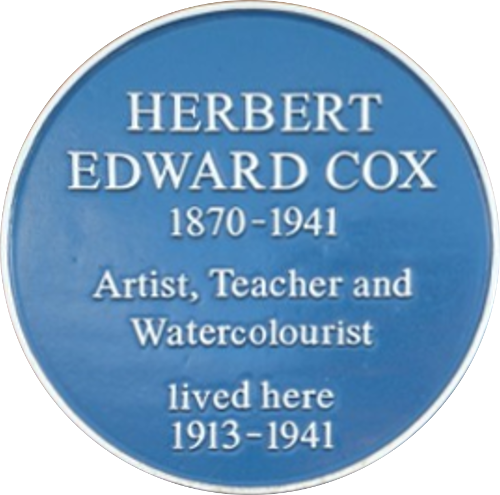
In September 2011 his contribution to art was recognized when a blue plaque was unveiled at the Lillington house where he lived for over a quarter of a century.
Herbert Edward Cox – A Coventry Artist – This 44 page booklet by Les Neil has been privately produced with a limited print run, costing £4.90 plus postage. Available from Peter Coulls.
